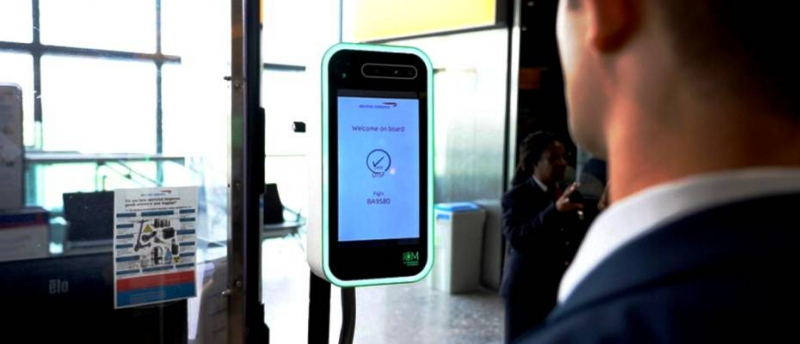Some parts of the EES system will work at the end of 2024

EU ministers have officially confirmed the new deadlines for the creation of the EU entry/exit system after Brexit.
The EU Entry/Exit System (EES) after Brexit was originally planned to be launched in 2022. However, she faced numerous setbacks. First, it was postponed to May 2023, then postponed to the end of the year.
Now EU officials have announced that some parts of the system will be operational at the end of 2024.
When it finally comes into force, travelers from non-EU countries entering the Schengen area will face new border controls. Some expect chaos at the launch of the scheme, while others hope that repeated delays will give countries enough time to prepare for the changes.
The EES entry/exit system will be an automated registration system for travelers from the UK and other non-EU countries who do not require a visa to enter the EU.
Travelers will need to scan their passports or other travel documents at a self-service kiosk every time they cross the external border of the EU. This will not apply to legal residents or persons with long-term visas.
The system will register the traveler’s name, biometric data, as well as the date and place of entry and exit. Facial scans and fingerprint data will be stored for three years after each trip.
It will be applied when entering all EU member states except Cyprus and Ireland, as well as four non-EU Schengen countries: Iceland, Liechtenstein, Norway and Switzerland.
EES is introduced to strengthen border security and identify travelers who have exceeded the permitted time of stay in the Schengen area (90 days within a 180-day period).
Airlines supported the delay because it gives more time to prepare.
“EES will change the rules of the game at the EU borders. However, there are a number of problems that need to be solved in order to ensure the smooth implementation and operation of the new system, so that air passengers do not face interruptions,” the joint statement of the European Region of the International Airports Council (ACI). This is reported by European Airlines (A4E), the Association of Airlines of European Regions (ERA) and the International Air Transport Association (IATA).
The coalition pointed to the need for “wider implementation and effective implementation of automation at national border crossing points by national authorities, funding from member states to ensure sufficient trained personnel and resources to manage the external border of the EU, especially at airports.”. They also said airlines and airports should be given “sufficient resources” to facilitate compliance with the new rules.
The organizations also stated that a public relations campaign is needed to inform travelers about the changes.
EES is connected to the European Tourist Information and Authorization System (ETIAS). This new scheme obliges citizens of non-EU countries who do not require an EU visa to obtain permission to enter the bloc. Registration in ETIAS will be mandatory for anyone who wishes to visit the Schengen area for a short period of time.
Initially, it was planned that ETIAS would start operating from November 2023. Now EU officials have approved a schedule according to which it will come into force in the first half of 2025, The Local news site reports.
Travelers will be able to apply for ETIAS online before the trip at a price of 7 euros. After approval, the electronic travel permit will be linked to the passport and will be valid for three years.
Problems with meeting deadlines by contractors were cited as the reason for the delay in the introduction of EES.
Automated EES barriers must be installed at all international land, sea and air borders of the Schengen area. Travelers will be able to register their data at self-service kiosks and in mobile applications in some countries, after which border guards or electronic gates will complete the check.
It is reported that EES will come into force in the third and fourth quarters of 2024.
There are concerns in the UK and elsewhere that EES could increase delays at border checkpoints.
In a European Council report published by the non-profit organization Statewatch, various countries express concern about delays in the implementation of EES. They say that the amount of time they will need to test the system before launching it is rapidly decreasing.
The French authorities will carry out EES border control in the British ports of Dover, Eurostar and Eurotunnel. They are currently working with the UK government to minimise the impact of the system on cross-border flows and traffic, but have expressed concerns about potential waiting times.
Other countries are also still working on plans to implement EES. The European Commission has suggested that this system may have to be implemented gradually and flexibly to reduce the likelihood of long waits at borders.


